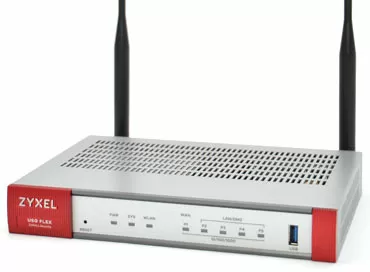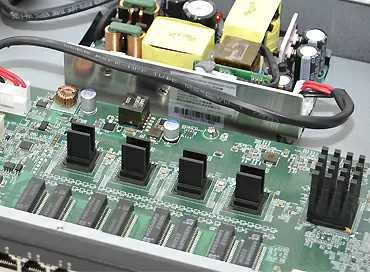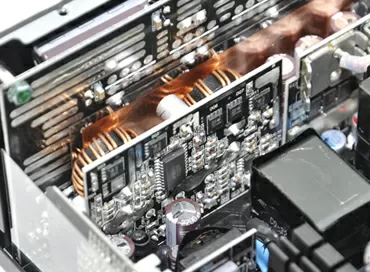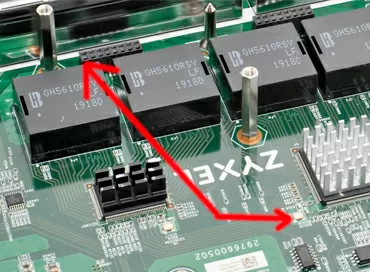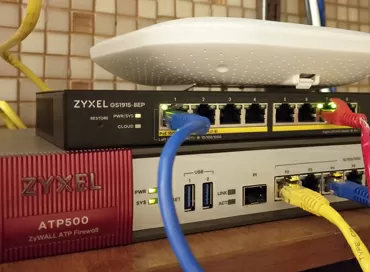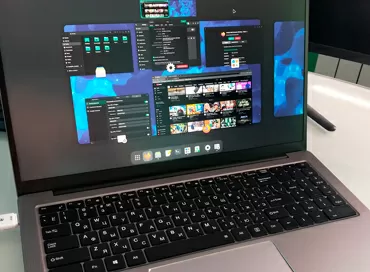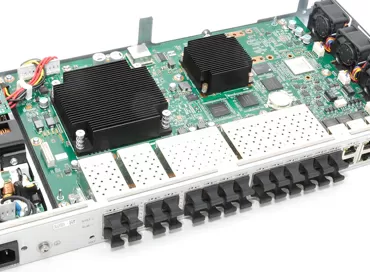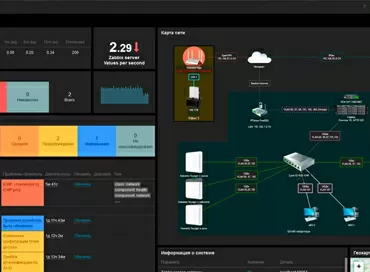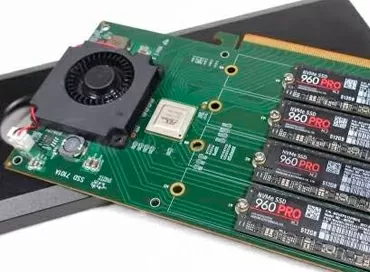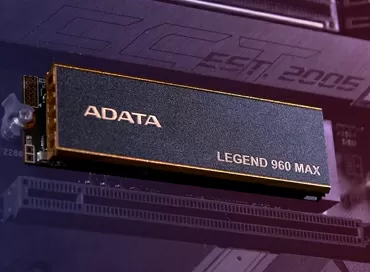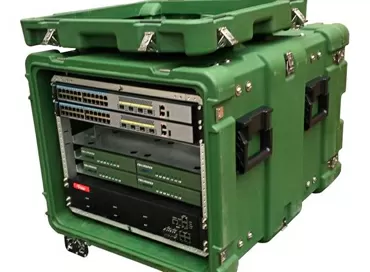Managed PDU: do you really need it?
PDU (Power Distribution Unit), they are also power distributors, or power distributors, sometimes socket blocks, but this is not their most correct name. They are like overgrown network filters, their goal is not just to connect to one powerful outlet and supply voltage to several network plugs, but also to turn on/off the power both manually and via the Internet, saving the sysadmin from having to go to press the Reset button at a hung server. Some PDUs have an outlet blocking function, with which you can remotely prohibit the inclusion of some equipment (for example, for which no rent was paid) or which causes failures. PDUs are 3-phase and 1-phase, vertical and horizontal, they can be cascaded for more flexible power management. Unlike network filters, PDUs often do not provide any protection at all - neither from interference nor from overload, considering that higher-level equipment will cope with this better, and unnecessary parts are not needed in such nodes.
Switchable PDU
PDUs with remote disconnection of sockets and groups of sockets, which are often called switchable PDUs, provide remote control of sockets and groups of sockets, allowing operators to quickly overload hung devices, block their activation, turn off excess power at peak loads and balance the load between phases in 3-phase networks by monitoring and disconnecting sockets.
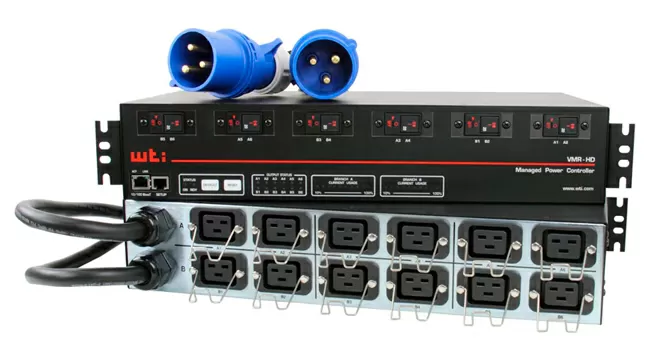
As a rule, they all have a 10/100/1000 MBit/s network connection, and the most modern models can be controlled from a smartphone. In top-end versions, the built-in control board has a non-volatile power supply system, and continues to work even when the input voltage has disappeared.
PDU with automatic transfer switching
An Automatic Transfer Switch PDU (ATS PDU) is a device that automatically switches the load to the backup power bus in case of disconnection of the main input. ATS PDUs are usually installed in large data centers and server rooms, where the reliability of power supply is the main factor, and the use of UPS is impractical. The device has two inputs - main and backup, and supports two operating modes: automatic and manual. In automatic mode, the device constantly monitors the status of the main power supply. If the main power is turned off, the ATS PDU automatically switches the load to the backup power supply without interrupting the operation of the devices. The switching time for these more expensive devices is 1-5 ms. The automatic switching function between ATS power supplies is supported regardless of the phase shift in each of the sources, which can be both inputs from a substation and generators, UPS or higher-level ATS.
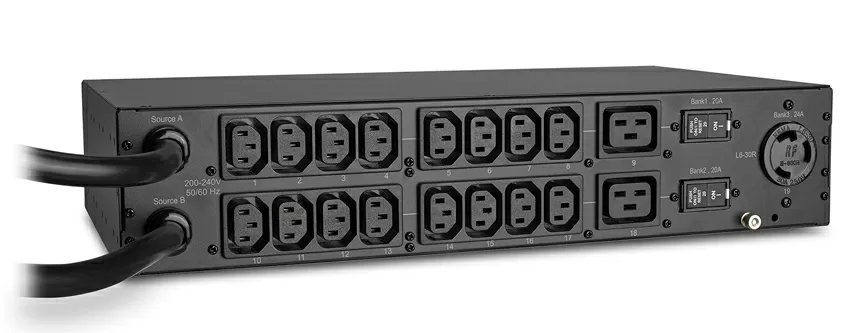
In manual control mode, the ATS PDU can be used to switch the load from one power source to another when testing or maintenance is required.
ATS PDUs usually have a lot of additional functions, such as monitoring power consumption, managing load on and off, notifying the operator about the network status, and much more. The built-in processor can monitor the operation of power supplies and prevents switching in cases when the backup source is unavailable or inferior in power quality to the main source.
PDU with automatic input current limitation
In order not to cause disconnection of the machine at the power input during load peaks, or moreover not to lead to a wiring fire, the PDU can automatically disconnect sockets with non-critical equipment, reducing rack consumption. Power distribution systems (PDUs) with automatic reduction of maximum current (AMT) are an effective solution to reduce power consumption in the data rack, while not disrupting the normal operation of the equipment. The priority of disconnecting sockets is set via the device's Web interface and is controlled by the built-in processor.
When the load decreases, the PDU will automatically turn the sockets back on. This solution allows you to place equipment with more power in the server cabinet than is available at the input, using inexpensive 16- and 20-ampere inputs.
PDU with bypass (e.g. bypass)
Bypass power distributors one of the types of controlled power distribution units. This type of PDU usually has the possibility of remote control and monitoring thanks to a built-in web interface, an SNMP module or other control system, and can be controlled manually. However, a feature of a bypass PDU is the presence of an additional power input, which is used to repair the main power input (usually a UPS). The bypass function allows you not to turn off the equipment during repair or replacement of the uninterruptible power supply, which is in demand in critical server operating conditions.
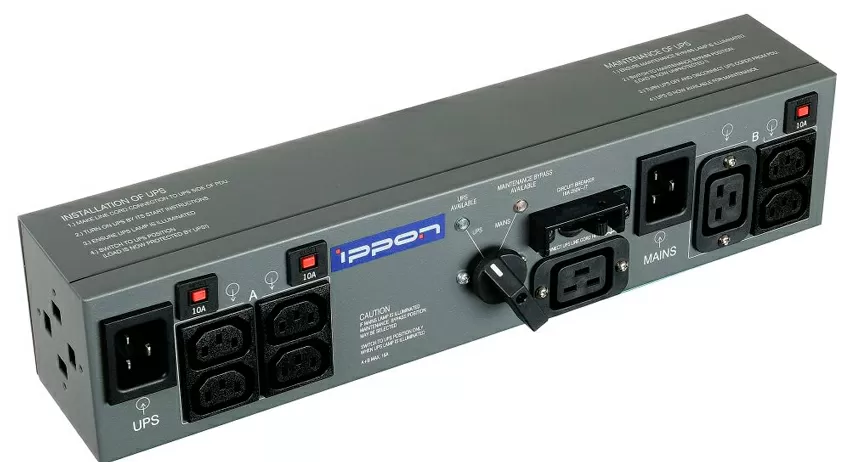
In bypass power distributors, mechanical switches are most often used - these are simple switches on the front panel that are used for manual switching between the UPS and the input line under load. They are easy to use, but do not provide remote control capabilities. The switching time is about 6 ms.
The largest manufacturers of PDUs are:
- APC
- Tripp Lite (Eaton)
- Raritan
- CyberPower
Ron Amadeo
29/03.2023

